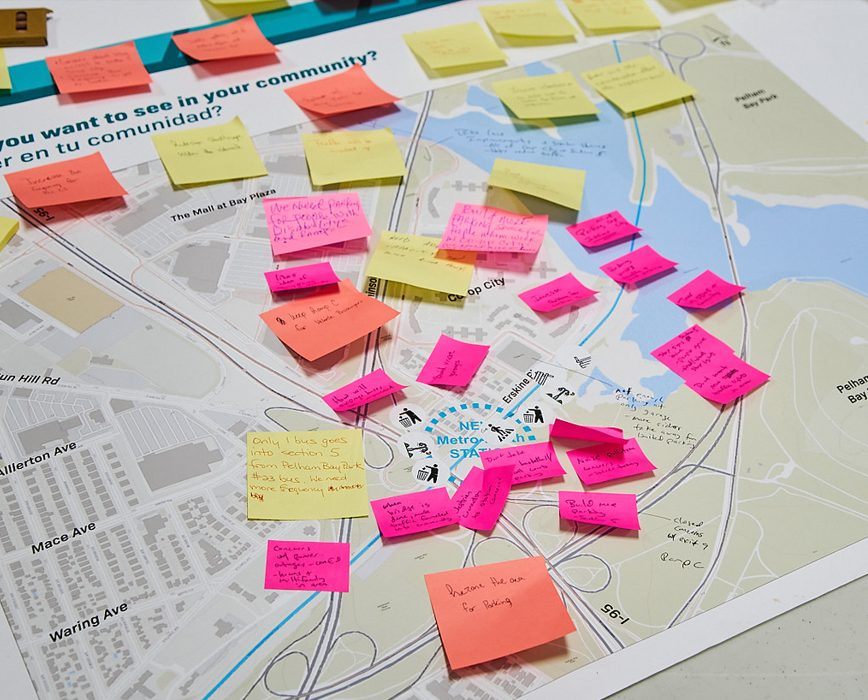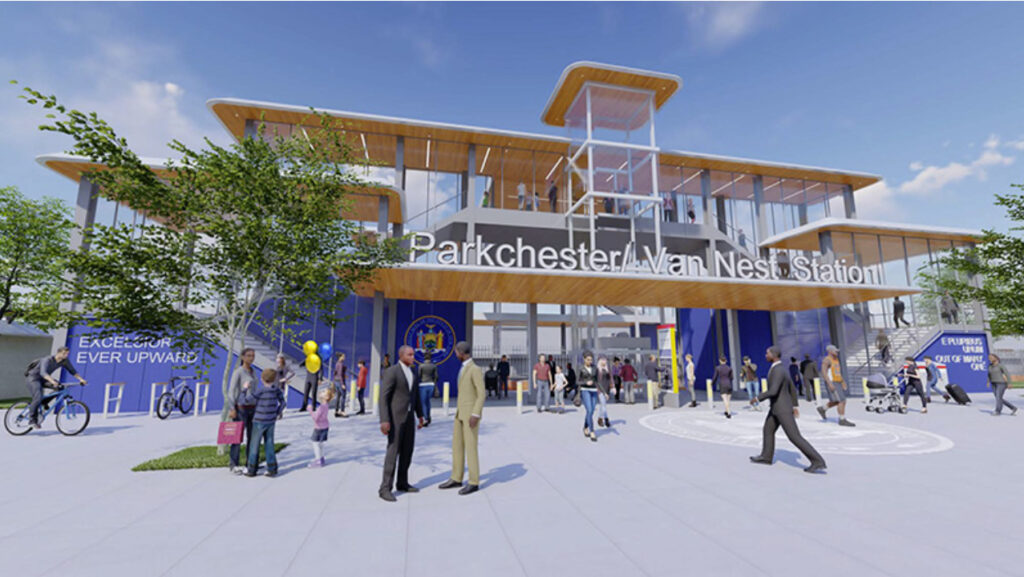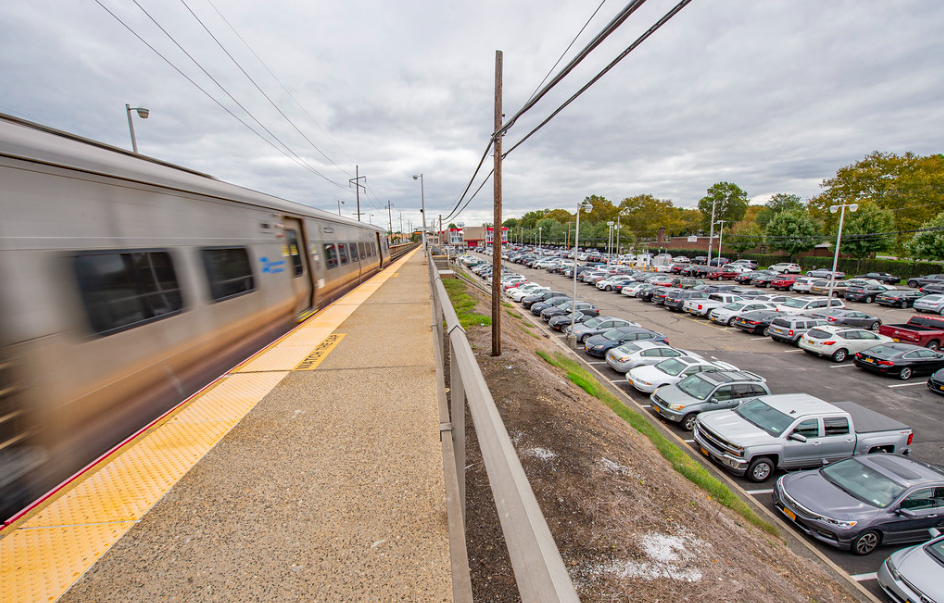Achieving the goals of transit-oriented development in New York City: Bronx Metro-North stations
In this blog, our Global Head of Stations and Transit-Oriented Development, Kristopher Takacs and leaders from the American Planning Association NY Metro Chapter, explore how strategic transit-oriented development (TOD) can be a catalyst for community revitalization — supporting housing growth, improving access, and fostering economic output, particularly in historically underserved areas.
As New York City continues to invest in transportation infrastructure and reevaluate land use policy, the conversation around transit-oriented development (TOD) has never been more relevant. The upcoming Bronx Metro-North stations provide an insightful case study of the power and promise of integrated land use, transportation and community advocacy.
The East Bronx has long been considered a transit desert with limited direct access to Manhattan’s West Side and major job centers. MTA’s Penn Station Access project aims to rectify this with a new commuter rail service to Penn Station for New Yorkers living and working in the East Bronx as well as direct Metro-North connection from Manhattan’s West side to the Bronx, Westchester and Connecticut. The regional rail service is estimated to arrive in 2027 with four new ADA-accessible stations at Hunts Point, Morris Park, Co-op City, and Parkchester/Van Nest. And with the new stations will come access to jobs, housing, amenities and more.
Kristopher explains some of the anticipated outcomes of the project.
The real gift here is synergy: improved and more direct transportation options, dramatic reduction of commute times, access to new jobs and housing, public realm improvements, economic growth in and around the new station areas, and of course significant upgrades to aging transportation infrastructure serving the larger region. Penn Station Access is a neighborhood building investment in the future of the East Bronx, with a ripple effect of benefits to greater New York City and the Northeast Corridor (NEC).

The impact of four new stations
As part of Metro-North Railroad’s extension of the New Haven Line, four new stations will be created in the East Bronx. Kimberly McNabb, Deputy Director of Planning and Development, Office of the Bronx Borough President, explains how the introduction of these stations contributes to the goals for the borough.
Penn Station Access is a strategic policy to reverse the trend of historical disinvestment in access. It’s about building affordable, quality housing closer and better connected to public transit, expanding tourism in the Bronx, and attracting people to live, work and play here.

Achieving wider goals
Coupled with the recent City of Yes initiative, which re-zoned land use around the proposed stations from commercial and manufacturing to residential, the City Council anticipates the creation of 7,000 new housing units. Michael Kavalar, Senior Team Leader, New York City Department of City Planning, shares details of the goals of NYC planning work beyond land use actions.
The City’s job was to leverage this transformative investment in new transit by coordinating our work with the MTA, surrounding communities, area stakeholders and city agencies to ensure that the stations are thoughtfully integrated into the surrounding community fabric. The new Bronx stations offer unique, adjacent opportunities for housing, public spaces, retail and job growth. The result of this work is a compelling vision, adopted unanimously by the City Council, for integrating transportation enhancements with residential and job growth, and key capital investments to support that growth, in these already vibrant Bronx communities.

The benefits of TOD
Jessica Wurwarg, Director of Planning, Policy and Economic Development, Transit Oriented Development, MTA Capital Construction and Development, explains why the MTA is interested in transit-oriented development at these four commuter rail stations.
“TOD supports the MTA’s goal to expand access to great public transportation to more New Yorkers than ever. We reach that goal by fostering development, expanding First Mile/Last Mile access, partnering with agencies, enhancing walkability, creating value and generating more riders and revenue for MTA.

The role of TOD within the wider NY Metro regional framework
Moses Gates, Vice President for Housing and Neighborhood Planning, Regional Plan Association explains:
There are enormous opportunities in the suburbs, with commuter rail lines that go directly into the largest employment hub in the Western Hemisphere. It’s twin strategy playbook: Take advantage of existing infrastructure to grow in a way that responds to both local and regional conditions, and invest in placemaking, transportation, and other amenities where they’re needed.

To learn more about how we’re working with partners to deliver transformative transit-oriented developments, contact Kristopher Takacs.






